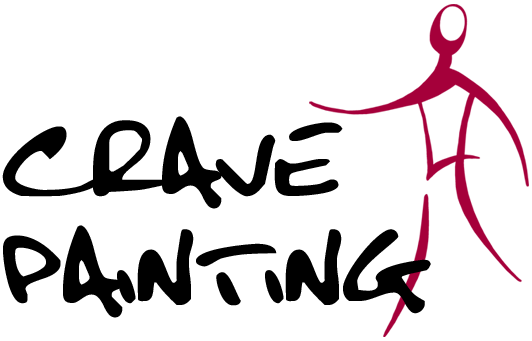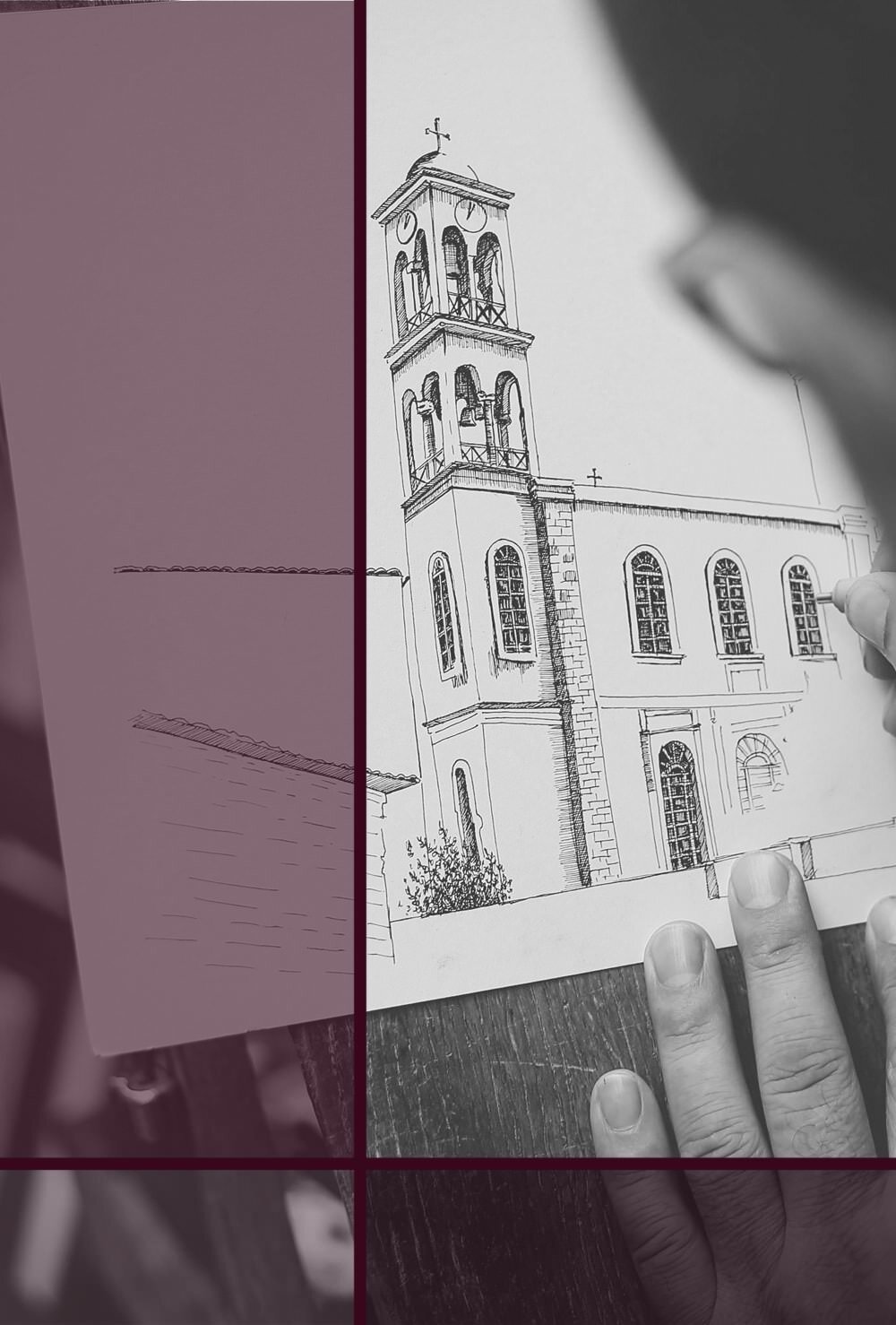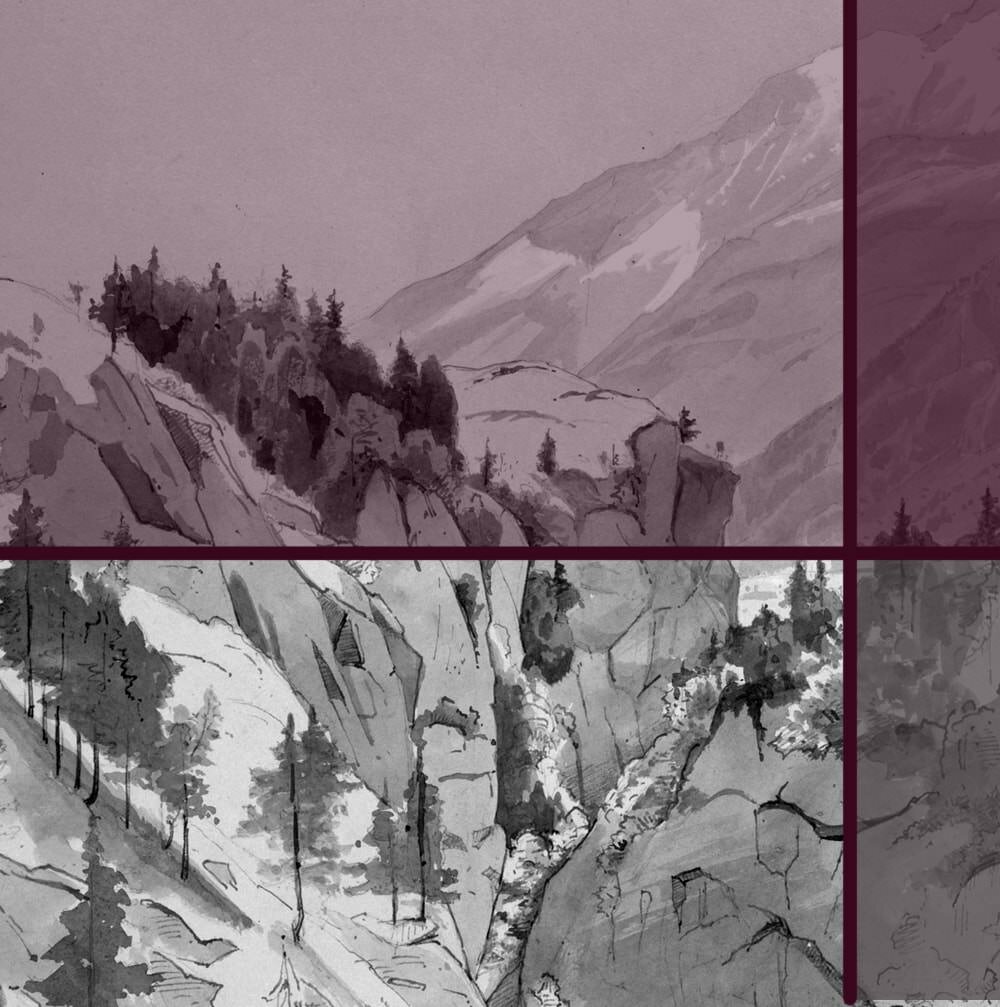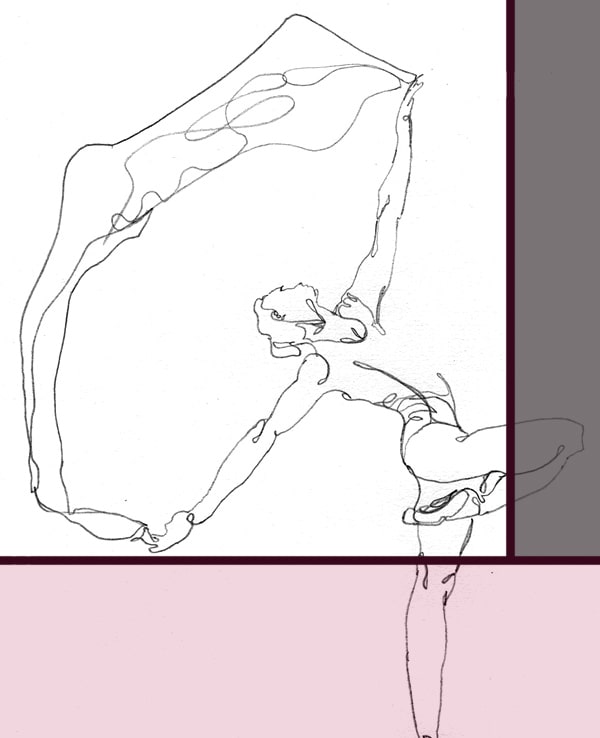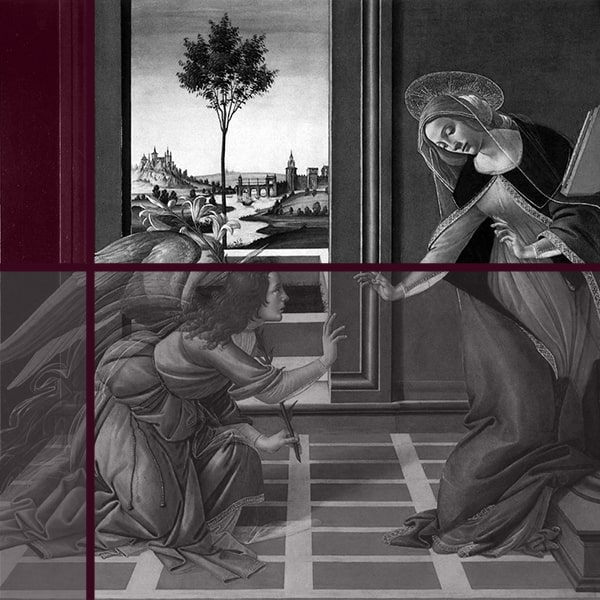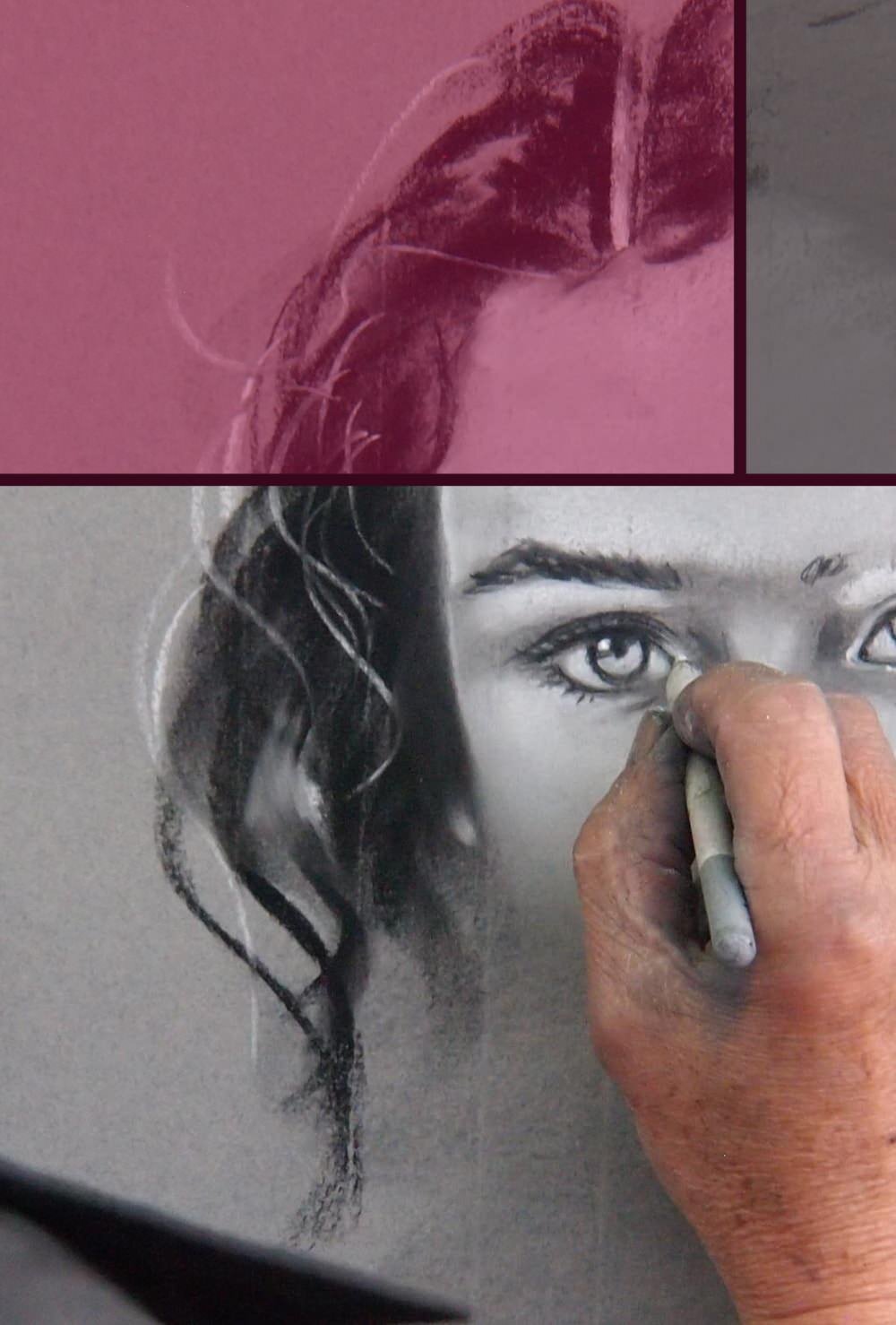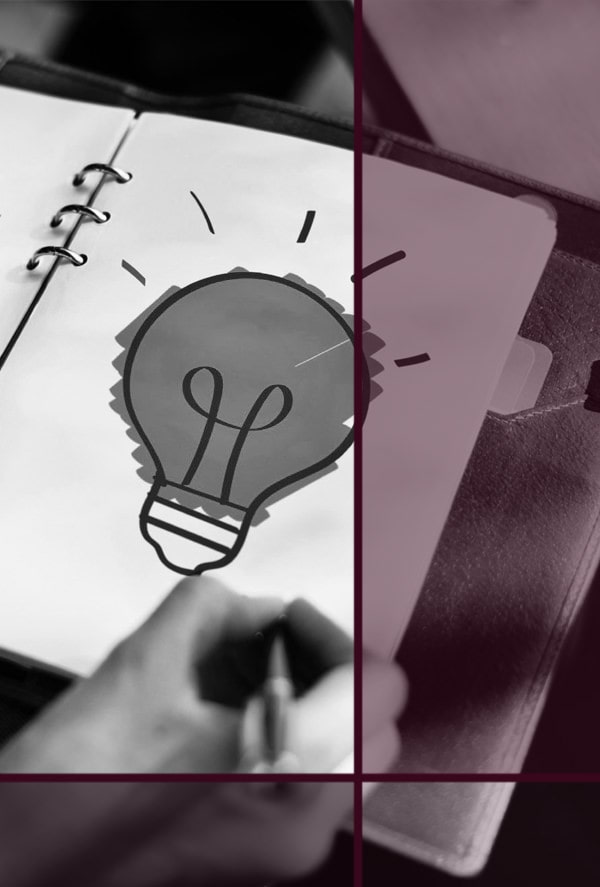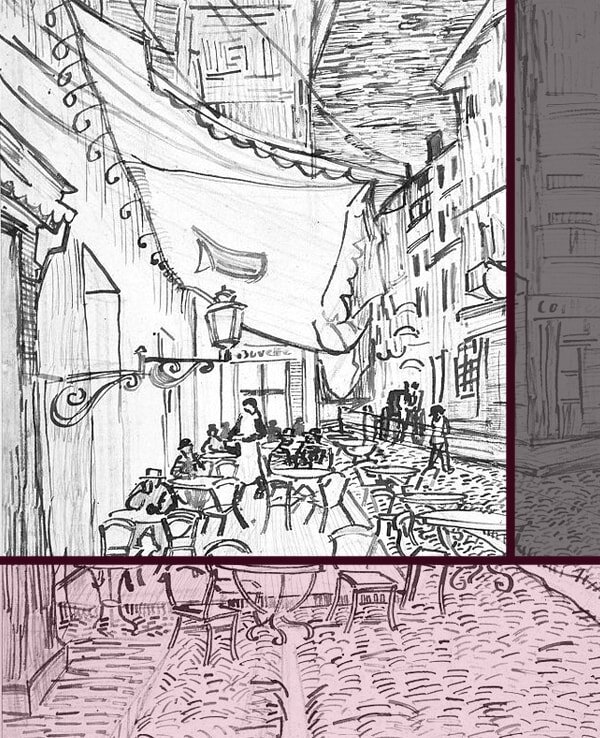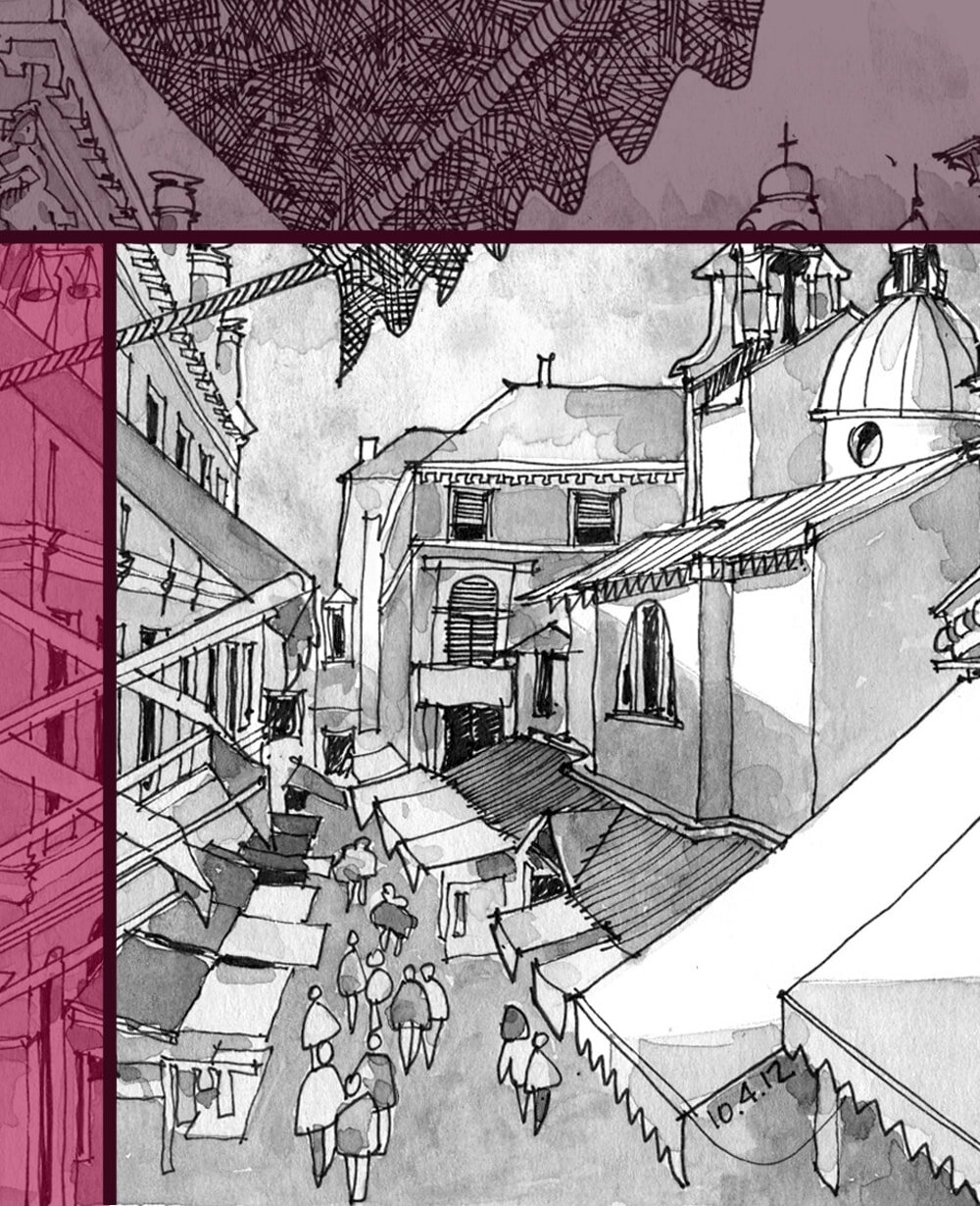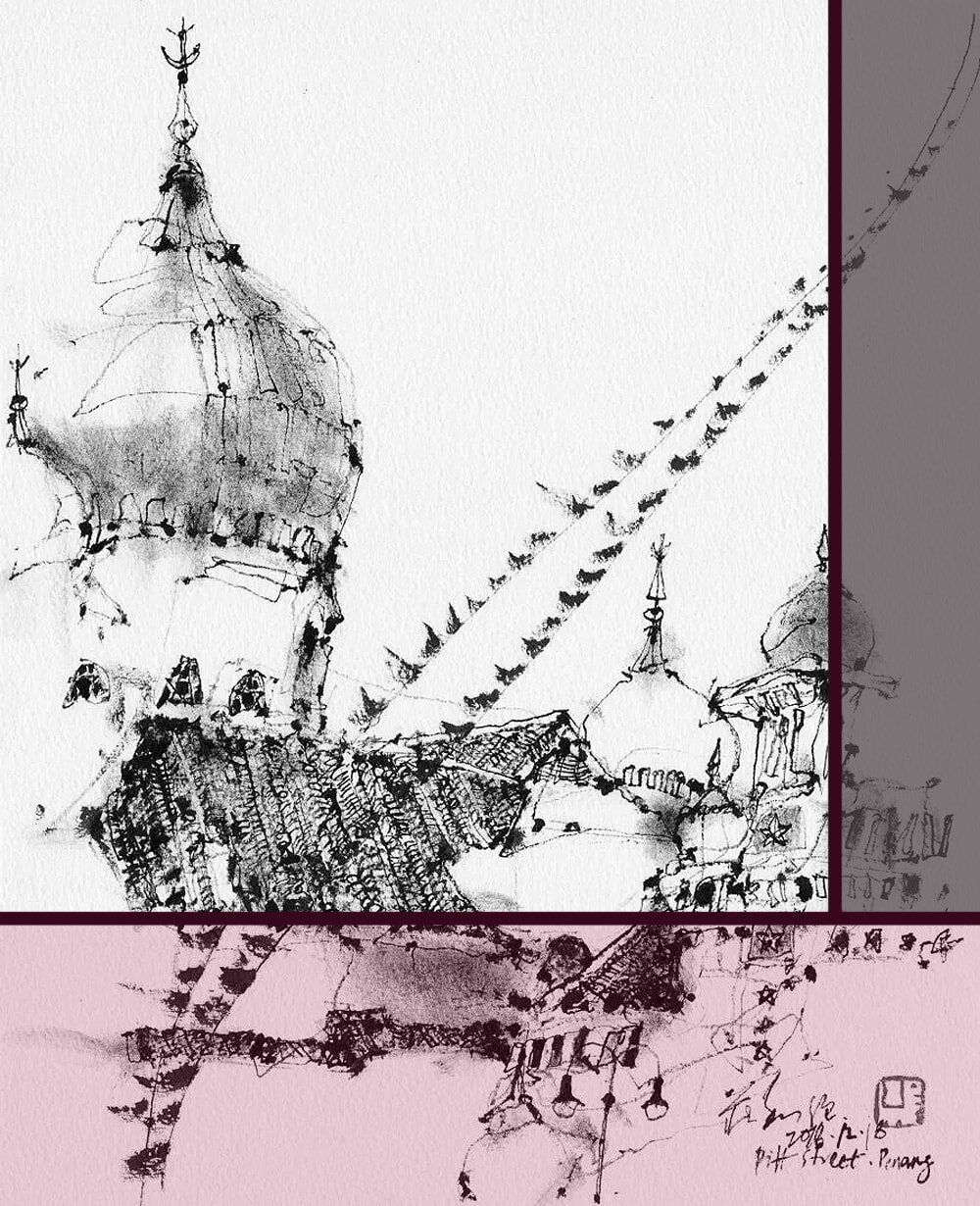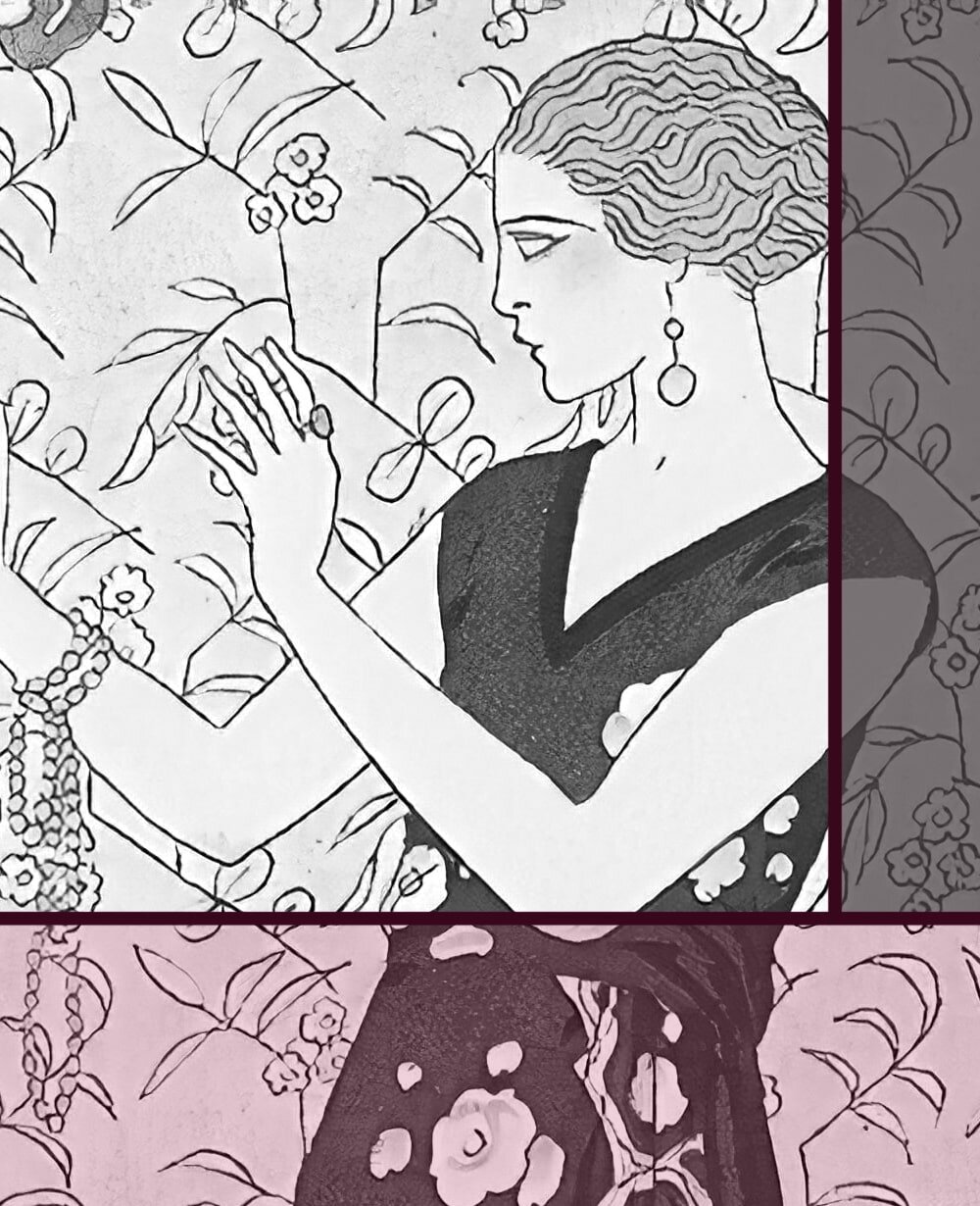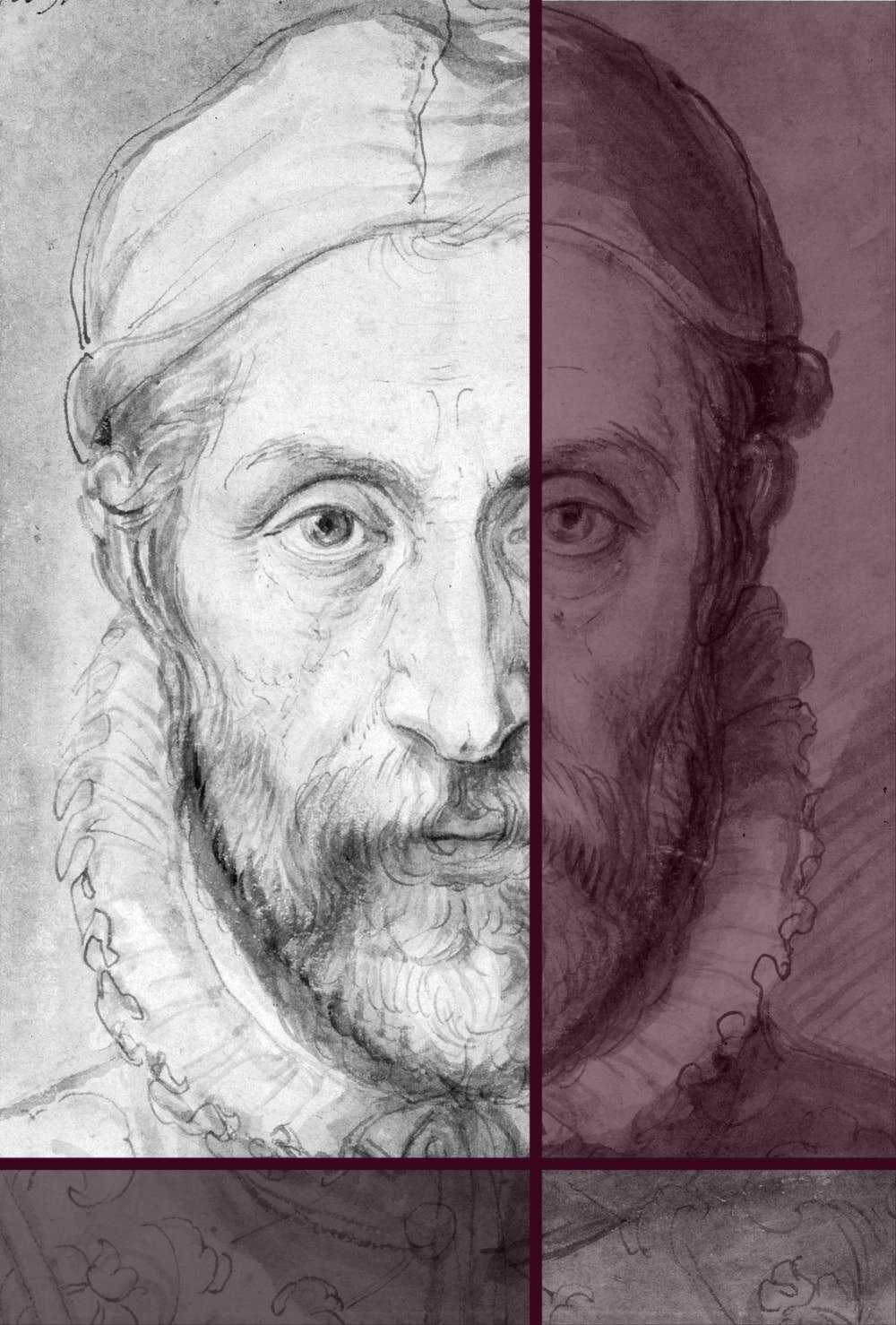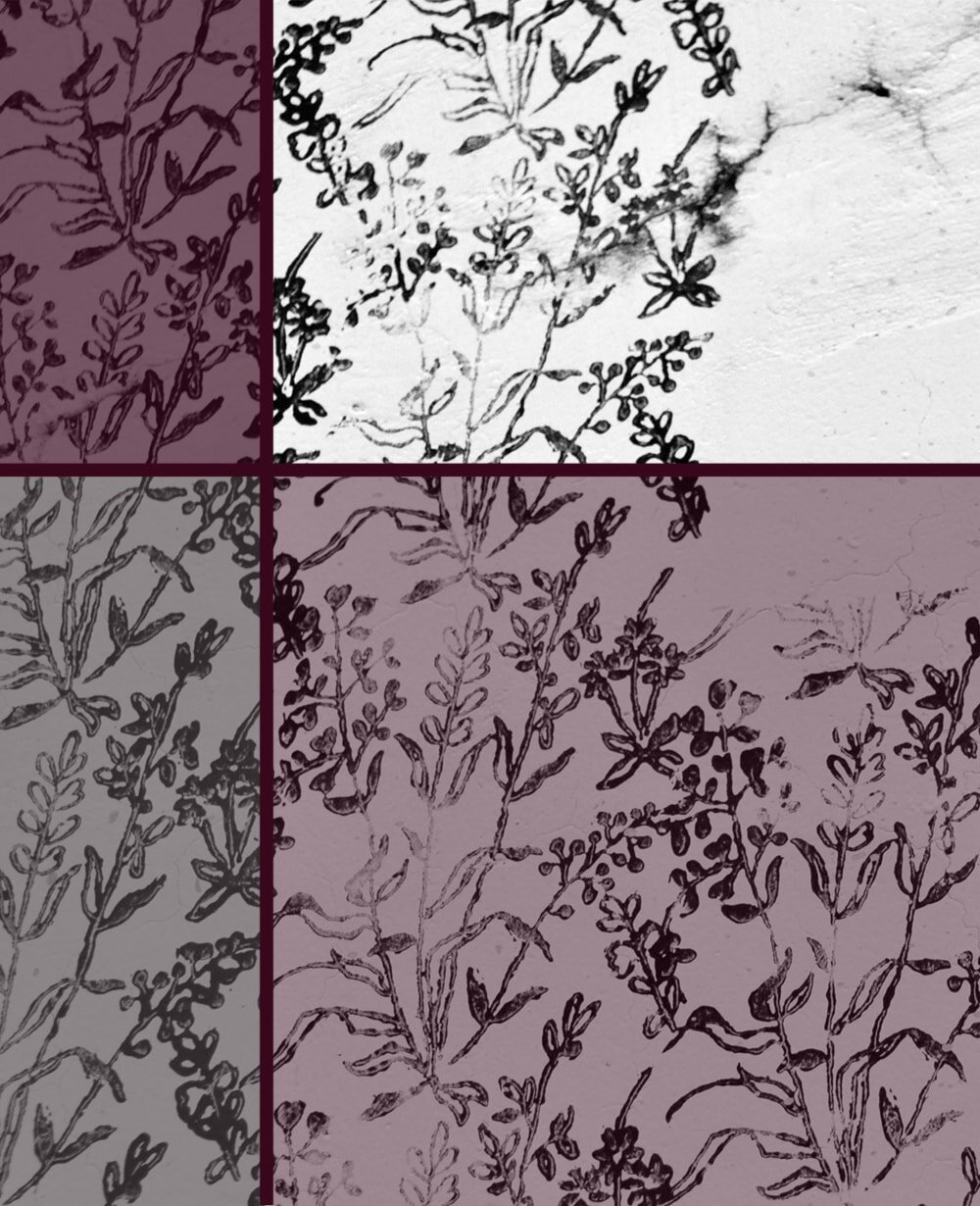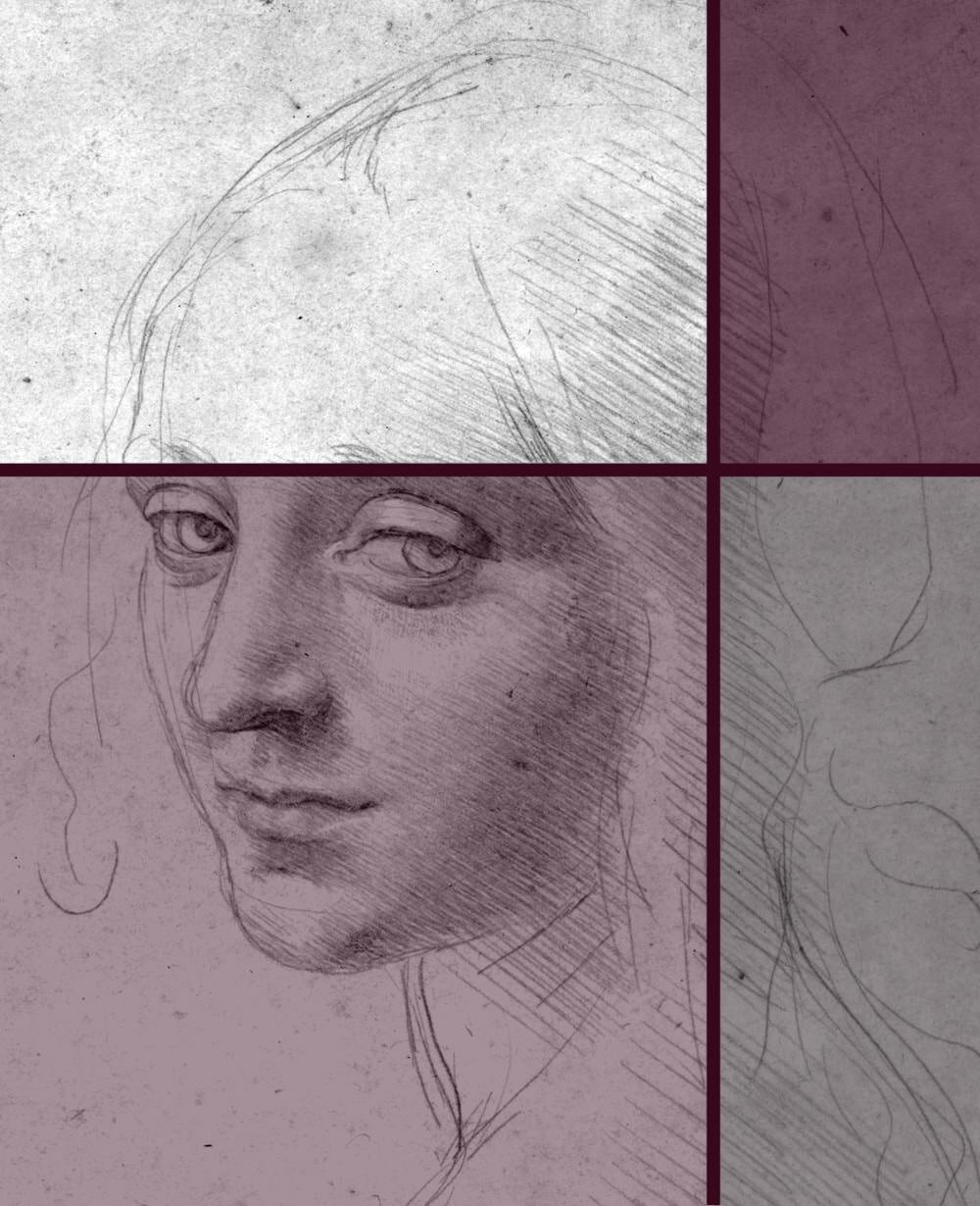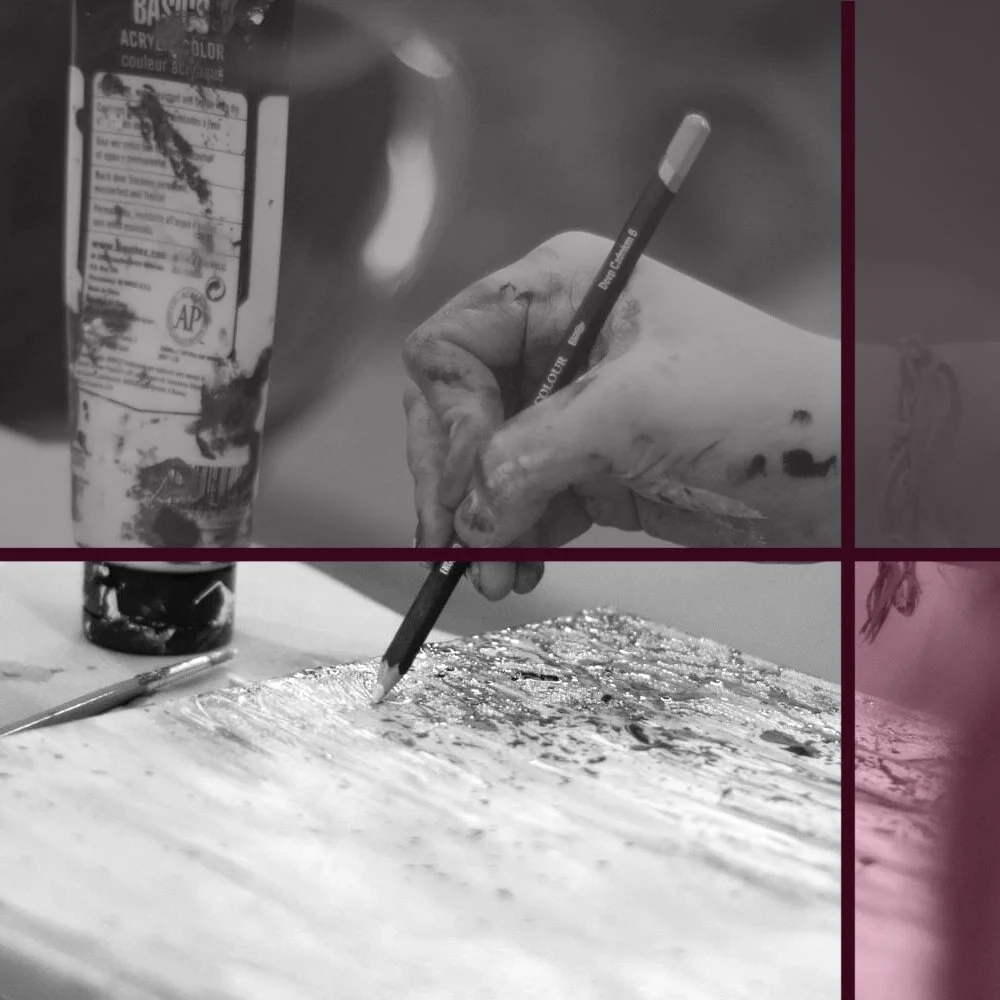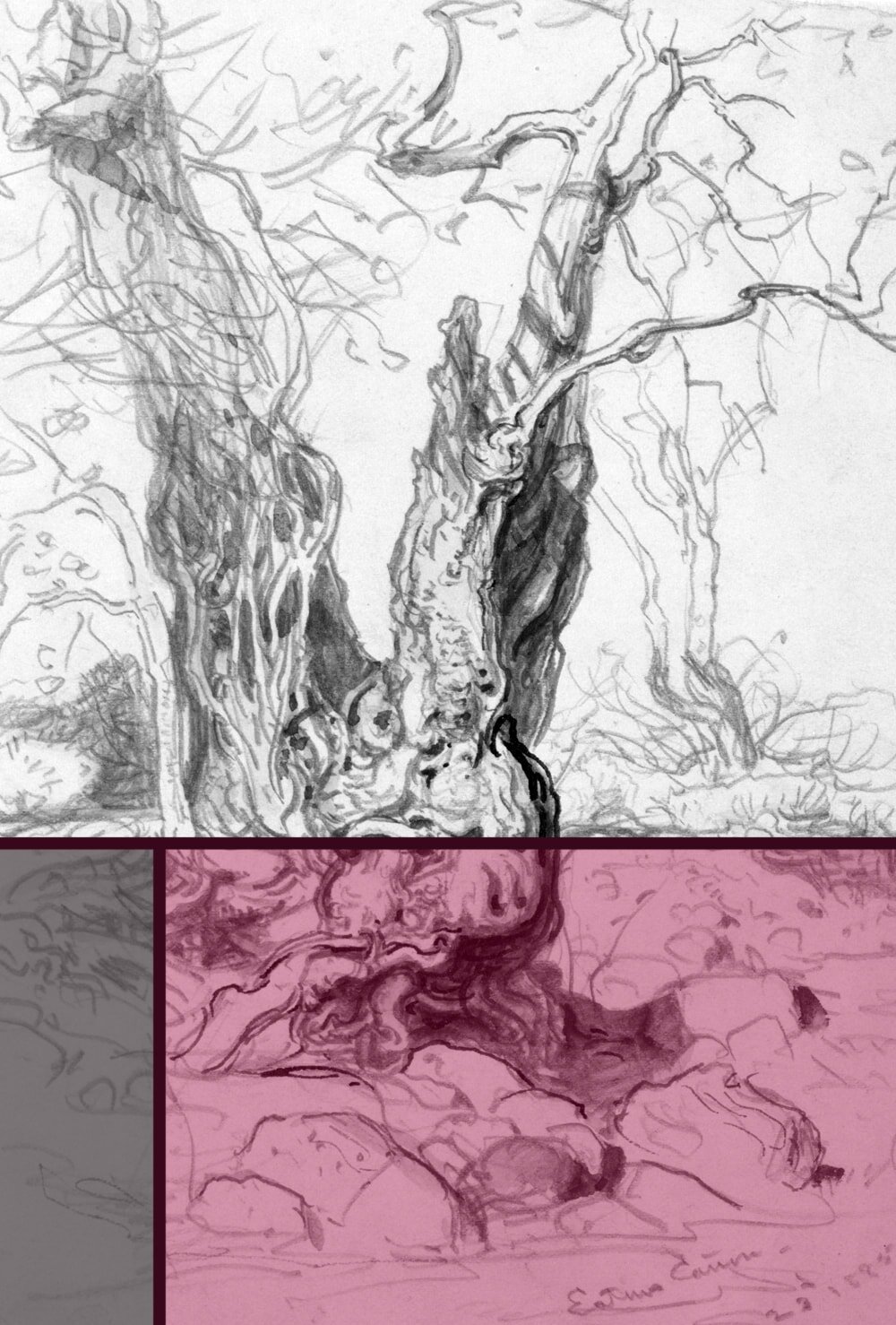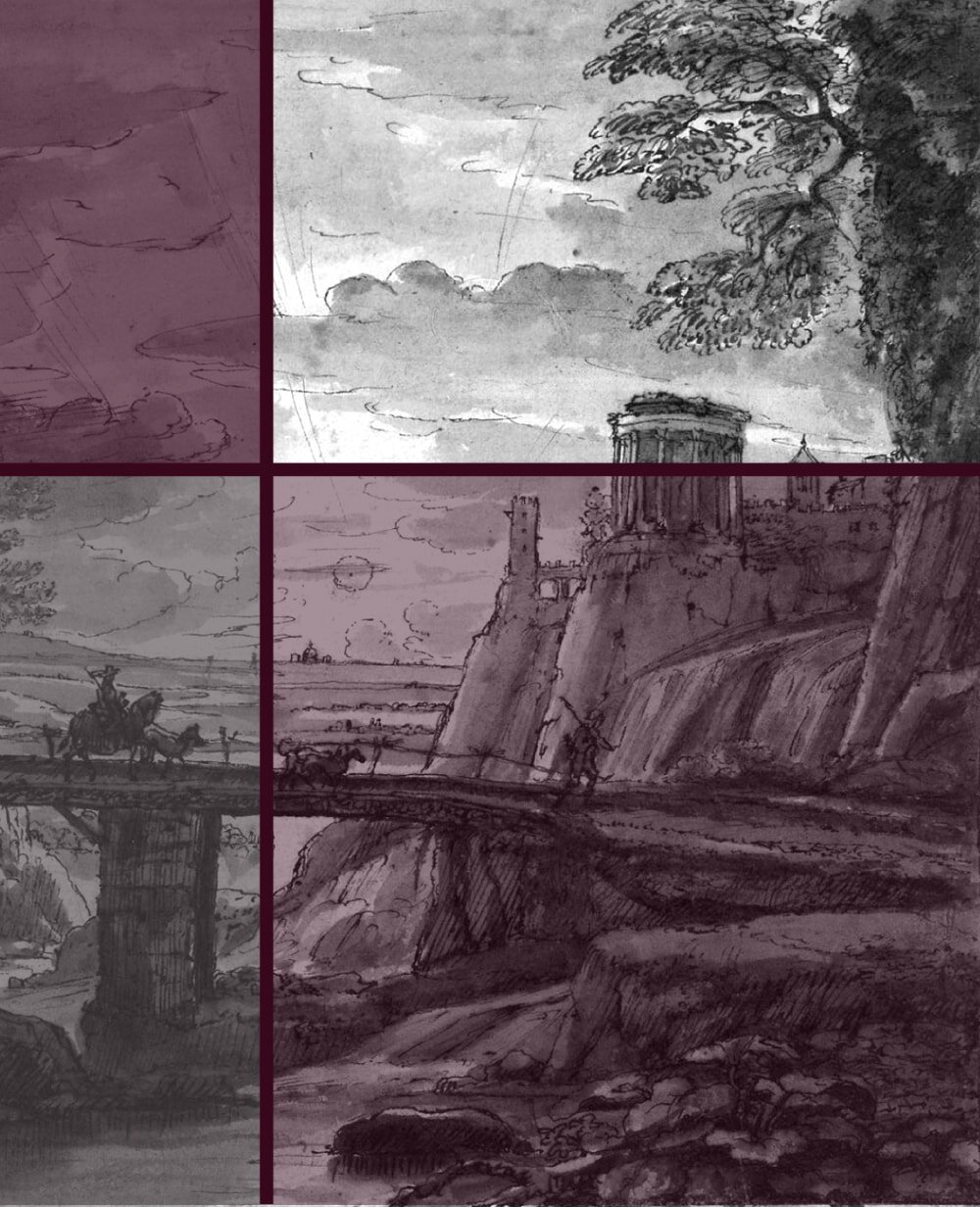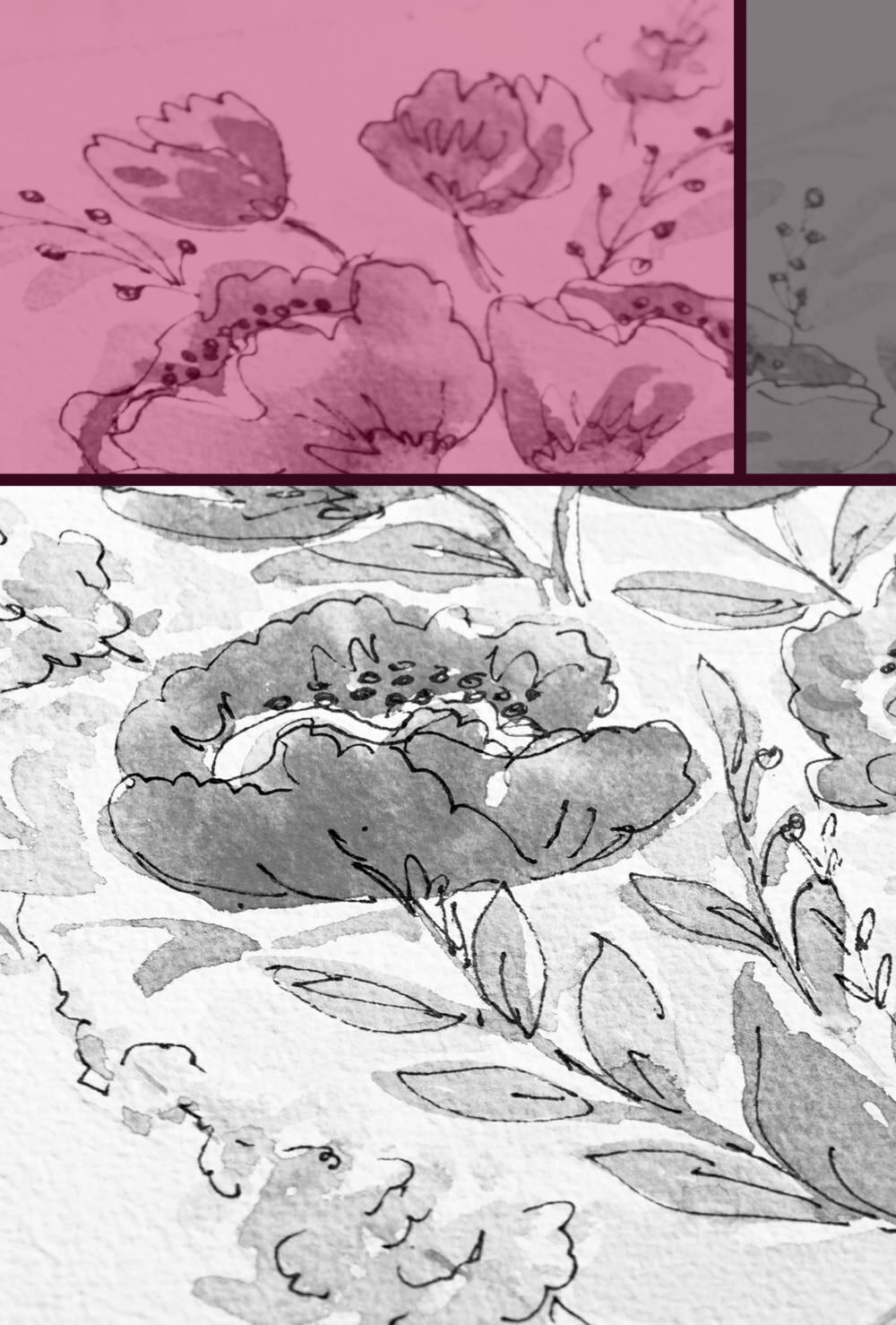How to quickly Sketch People without them Noticing
Drawing people as part of your daily urban sketching practice is a lot of fun and excellent to enhance your skill. But how can you draw strangers without making them uncomfortable?
Sketching someone without them noticing is a skill that can be mastered just as much as the drawing itself. In fact, there are a couple of easy to do tricks you can follow.
Why you should sketch people
Their independent limbs, gestures and general movement make humans somewhat difficult subjects, it's true.
They never seem to stay still quite long enough. And of course they are frequently found in places with other people, noise and just a lot of distractions around.
But exactly because of these complications mastering to draw people will help you improve your skill set substantially. It’s also excellent practice for figure drawing, composition and to simply pass the time when waiting for the train.
Is it okay to draw a stranger without asking?
In truth, the answer is yes and no. It depends on how you look at it and what your own preferences and values are. It's a bit of a grey zone.
I like to think of it in terms of photography to properly visualise it. Imagine walking up to a complete stranger on the street and taking their photo, without asking first.
If they notice it they'll very likely feel a bit uncomfortable, if not angry. And you'd have no problem understanding why.
You wouldn't go up to a stranger and openly take their photograph, would you? So how is drawing different?
When we switch to drawing it often seems a little different, even though in principle it's the exact same situation.
Taking someone's likeness without permission is an invasion of privacy in many cultures. But in terms of urban sketching the emphasis is on ‘likeness’. Whether or not you are likely to overstep boundaries depends a lot on the kind of drawing you're about to do.
Rembrandt used to do a lot of quick sketches of people in all sorts of situations, often on stage.
As an urban sketcher your work is used for ‘visual note-taking’, like a diary of what you see during the day.
That means that usually you wouldn't ask your human subjects to specifically pose for you. Rather, you'd just draw whatever and whoever catches your eye, ideally without them, or anyone else, noticing.
The sketches themselves are often fast, rough and spontaneous, they're not meant to be arranged or super accurate. Have a look at my Ultimate Urban Sketching Guide for more info on the subject.
In this case your final sketches will not look exactly (or even remotely) like your subject. And because of that I personally neither feel guilty sketching strangers in this way nor would I be offended if someone else used me as a subject.
Whether or not taking someones likeness is an invasion of privacy depends a lot on how alike the result will be.
But how alike is too alike? Well, my own rule of thumb is this: if my subject could be recognised by a stranger on the street just with the aid of my drawing it's too realistic and I'd ask permission. Anything more generic is fair game.
Why not just ask for permission?
Being stared at, especially without knowing why, is not a comfortable experience for anyone. So why not just go to the person, explain what you do and ask if you could do a quick little sketch of them?
Because it defeats the purpose. If you want to spontaneously capture a scene or gesture that caught your eye, making yourself known will most likely change that scene.
If you want natural poses it’s often best to sketch people without them being aware.
If they know they're being watched most people will be very aware of that and automatically tense a little and adapt their posture, even just subconsciously.
As a result your subject will appear less natural and spontaneous, the exact opposite of what you were aiming for.
People that know they’re being watched will subconsciously change their posture, even just a little.
They might also feel obliged to stay in their position longer than they would without you drawing them, so you’re basically intruding in their schedule.
Plus, asking someone will draw attention to you and they'll most likely want to see the sketch when it's done. That would be super off-putting for any shy urban sketcher out there.
For longer, more intricate portraits of course talking to the subject first is a must. But for quick, rough sketches it's often neither feasible nor necessary.
Some simple tips to avoid being noticed
The best way to create good sketches of strangers is to do it in a way that they don't notice they are the object of your artistic attention. Some of it is simply practice, other tricks you can implement right away.
The easiest way to be perceived as less of a ‘threat’ to your subjects is to appear like you're writing something, rather than drawing them.
If they do happen to notice you looking over for a moment they'll simply think you're deep in thought and it's a coincidence.
Sketching with a simple black notebook and biro can make it look like you’re writing instead and no one will feel watched.
I often do that by using an inconspicuous black sketchbook. Moleskines are great for that, and very sturdy.
If I want to be super careful I will also use a normal biro, rather than a pencil. Obviously this trick does not work with water colour or other obviously artsy media.
Another fantastic way to ensure your involuntary subjects are none the wiser is to use your peripheral vision. For rough sketches you don't actually have to look at someone straight on the entire time.
For parts of the sketch you can look just past your subject, making them believe you're observing something next to or behind them.
Learning to look without staring takes a little practice, but it’s an important skill to master for urban sketchers, so keep at it!
And of course there's the easiest way to hide where exactly you're looking: wear sunglasses.
Dark shades mask your eyes, so no one can tell if you're looking directly at them or at something else near them. And if in doubt most people will (want to) believe it's not them you're interested in.
In situations where neither of these are an option you will simply have to learn to observe without staring.
It takes a little practice, for sure, but being able to draw strangers without making them feel watched or uncomfortable is a very useful and important skill to develop for any urban sketcher.
Good places to sketch people
The best places to sketch strangers in cities or towns tend to be those where people are too busy with their own life to notice much of what's going on around them.
For that reason I like sketching in train stations and airports, since everyone usually has more important things on their mind than observing their surroundings.
Cafés are great because you can sit comfortably, often hidden away in a booth or a table at the back and your subjects will not usually move much or quickly.
Edgar Degas visited a lot of rehearsals to sketch the ballerinas and prepare for his more intricate paintings.
But the absolute best spots to sketch people are performing arts centres. Any kind of theatre, dance school or even concert halls are great because your subjects are used to being looked at, it's part of their job after all.
For rehearsals rather than official performances you are going to need permission of course. It's much the same way that Edgar Degas practised for his amazing ballerina paintings.
For more good places visit my article 11 Spots in your City that are just Perfect for Urban Sketching.
Situations in which it's not okay to sketch strangers
While mostly it's alright to do a quick sketch of a stranger without asking for permission (see above), there are some situations where it's technically possible but just doesn't seem right.
Any situation that seems rather private comes to mind, as well as spots where the dress code is very relaxed (such as pools).
Cemeteries are great places to practice perspective and still lifes (tomb stones, flowers...), but I would not recommend drawing mourners.
The same goes for religious buildings. Again, perfect for architecture and intricate details, not okay for sketching people.
For more tips and tricks have a look at my other Urban Sketching articles.
Did you enjoy this article or feel like you have anything else to add? Feel free to leave me a comment below!
If you like this post, please share it, so others may like it too!
